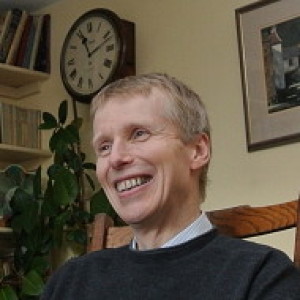Capitals
Today we took S. as promised on a tour of Catalan Romanesque churches so that he could record photographic evidence for his doctoral thesis. We visited Serrabone, Boulès d’Amont, la chapelle de La Trinité, Notre Dame de Villanova and another remote chapel. In La Trinité there was a fine and very rare 12th century Christ full of resurrection symbolism in that the Christ is serene and not suffering, is fully clothed and has his arms outstretched in a message of inclusive salvation. At Serrabone are to be found some of the best examples of medieval sculpture in Calalonia. Almost all of the capitals are exclusively zoomorphic in theme. The simplest motif is comprised of a succession of lions on each of the four sides of the capital. A lion’s head as an ornamental motif tended to be used very freely. The motif of the lion recurs frequently in the Romanesque sculpture of the Roussillon.
The lion was already a favourite subject in Oriental textiles. Precious Oriental cloths were among the greatest luxuries in the West and often served as vestments for the church or shrouds for the bodies of saints or for the safekeeping of relics. Romanesque sculptors undoubtedly drew much inspiration from these textiles, although their interpretations were never pure imitations. These lions are not uniquely of Serrabone as they can be seen in many Romanesque productions. In the whole of south-western France, this decorative motif became a traditional motif which was not necessarily always an outgrowth of specific Oriental models.
After a picnic lunch with a fine view of the snow capped Canigou, we ended the day at the hermitage of Villanova. We joined the monk for a period of reflection and meditation and then walked the very beautiful mountain path that incorporates the Stations of the Cross, very appropriate for Holy week.
More photos of the visits can be found here.

Comments
Sign in or get an account to comment.


